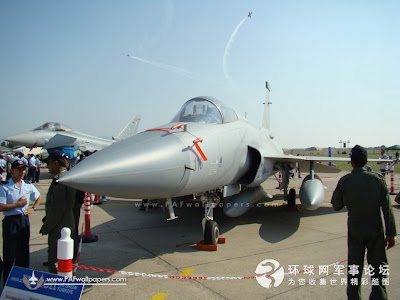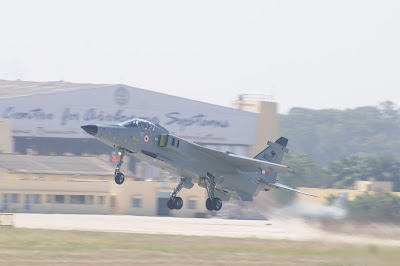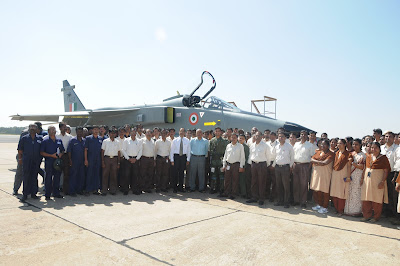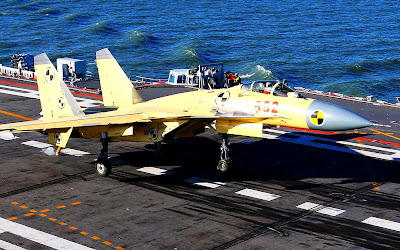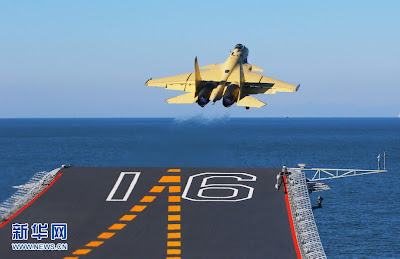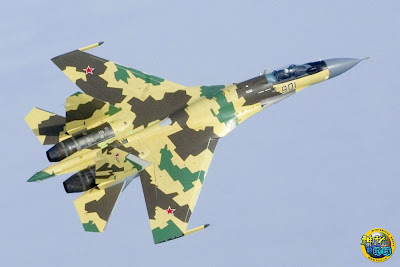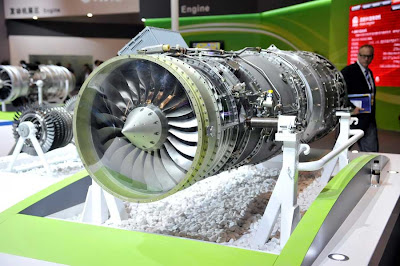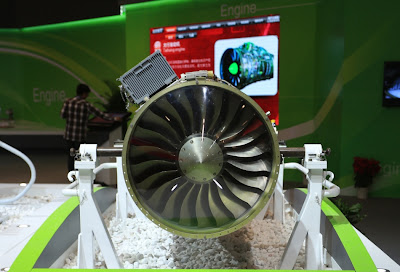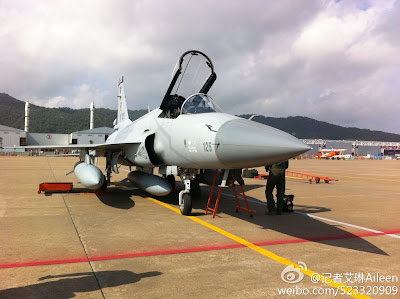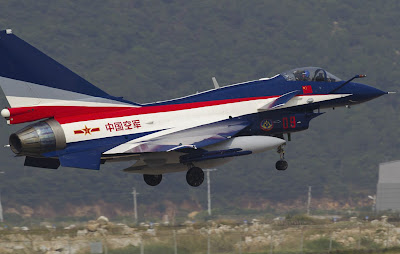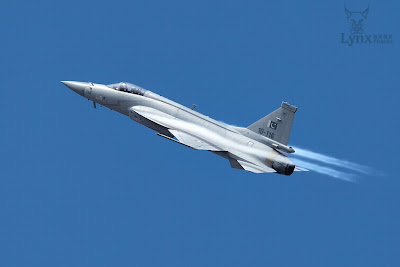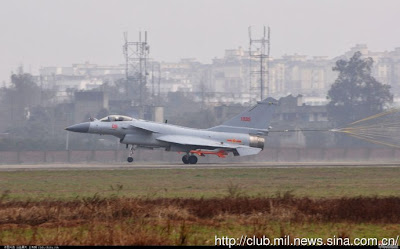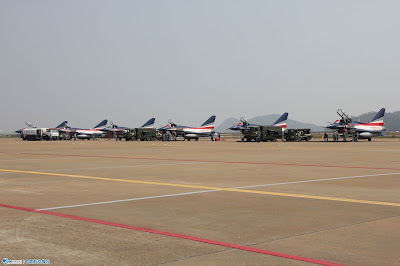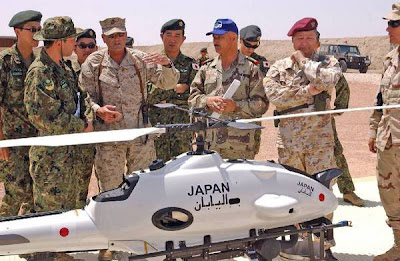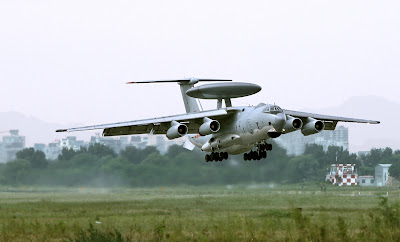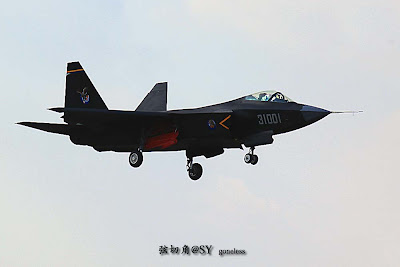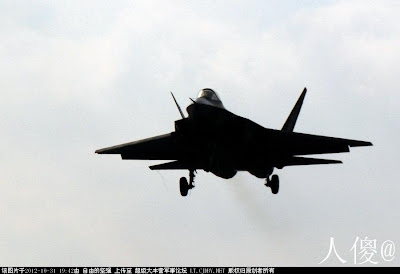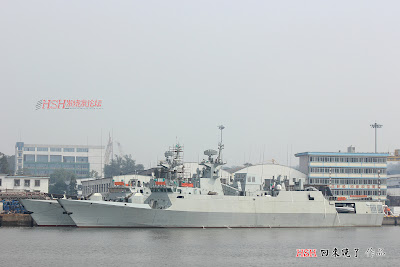China's expenditure on scientific research and development reached a record high level in 2011, according to official data released Thursday.
China's expenditure on R&D totaled 868.7 billion yuan ($139.2 billion) in 2011, up 23 percent year-on-year, according to a joint report published by the National Bureau of Statistics, the Ministry of Science and Technology and the Ministry of Finance.
R&D expenditure was the highest in terms of the total amount and also its share in GDP, it said.
R&D funds accounted for 1.84 percent of the country's annual gross domestic output (GDP) in 2011, a higher proportion than the 1.76 percent registered in 2010, said the report.
Companies and enterprises invested the most on R&D, with 657.93 billion yuan recorded in 2011, up 26.9 percent year-on-year. Government-affiliated research institutes and universities spent 130.67 billion yuan and 68.89 billion yuan, up 10.1 percent and 15.3 percent from a year earlier, respectively.
Eight provincial regions, including the capital city Beijing and eastern China's Shanghai Municipality invested more than 30 billion yuan on scientific R&D last year.
Fiscal spending on science and technological development rose 19.2 percent to reach 490.26 billion yuan, or 4.49 percent of the state's total fiscal expenditure.

